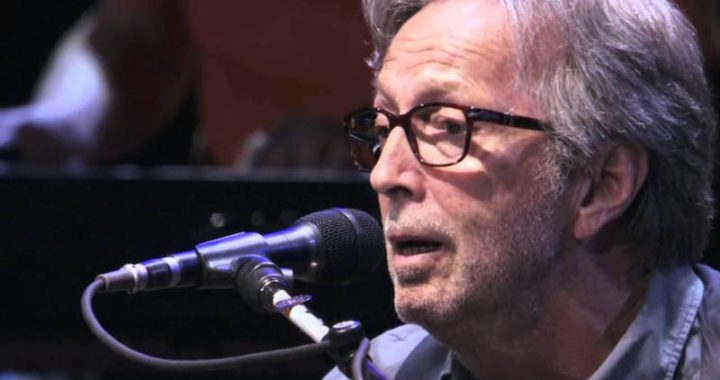Talk about progressions to musicians, and they automatically make the assumption that you’re talking about chords. Of course, that makes sense. The chords in a song aren’t just randomly selected; each chord within a sequence needs to make a kind of musical sense, and that’s in fact why we use the word progression.
But in fact, you could use the word progression to describe every element of a song. It’s not just chords that progress: everything progresses.
 Do you know how to add chords to that melody you just thought up? “How to Harmonize a Melody” shows you how to do exactly that. It shows the secrets of harmonic rhythm, identifying the key of your melody, chord function, and more. It’s part of “The Essential Secrets of Songwriting” 10-eBook Bundle.
Do you know how to add chords to that melody you just thought up? “How to Harmonize a Melody” shows you how to do exactly that. It shows the secrets of harmonic rhythm, identifying the key of your melody, chord function, and more. It’s part of “The Essential Secrets of Songwriting” 10-eBook Bundle.
You may not have looked at it that way before, and if you haven’t, it’s time to stop and think about it. How one line of lyric implies the next line is a kind of progression. As a melodic idea repeats, then moves upward and repeats at a higher level… that’s also a kind of progression.
In songwriting, any time you follow something with something else that makes musical sense, you are in fact creating a progression. If that something else is a chord, you’re talking about chord progressions. If that something else is a new melodic phrase, you’re talking about melodic progressions.
Here are some things to think about as you put your songs together, things that relate to the concept of progression:
- A progression of lyrics. Think about how your verse lyric starts, and then progresses until it connects to the chorus. Are you telling a story? Are you asking a question or describing a situation? For each line of lyric you write, whether it’s in the verse, chorus, or some other section, you need to be able to say, “Because I wrote this line, I then wrote that line.” That’s what a progression of lyrics does.
- A progression of melodic ideas. It’s absolutely crucial for melodies to progress in a musically logical way. If you start low and move high, you need to identify a moment where a climactic moment occurs, a spot where it seems logical to perhaps move downward. In all of this, repetition (both exact and approximate) will play a key role. Every melodic idea you use in your song will need to relate to each other on some level. Think of The Beatles’ “Penny Lane”, and how all the phrases borrow ideas from each other, and you’ll understand this concept of melodic progression.
- A progression of instrumentation/production. Think of the instrumentation you plan to use — whether real instruments or synthesized — as being like an artist’s palette. Throwing instruments in with no overall plan will make your song sound scattered and disorganized. Think of what a full instrumentation will be for your song, and then pare it down for your verses.
And on it goes. Every element in your song needs to have a kind of plan. I like to call it “logic”, but what you call it isn’t as important as the fact that you’ve used some kind of process to give those elements a sense of formal design.
Here are 3 great songs to listen to, to practice your ability to recognize the concept of progression. You’ll find them all on YouTube. Each one features one characteristic or element that clearly exhibits the concept of progression.
- “Tears In Heaven” (Eric Clapton, Will Jennings) (Great example of lyrical progression)
- “Tidal” (Imogen Heap) (Great example of melodic progression)
- “Stairway to Heaven” (Jimmy Page, Robert Plant) (Great example of instrumental progression)
 Written by Gary Ewer. Follow Gary on Twitter.
Written by Gary Ewer. Follow Gary on Twitter.
 Got a songwriting problem and want a fast solution? How about a quick look at seven of the most common songwriting problems, and some quick solutions:
Got a songwriting problem and want a fast solution? How about a quick look at seven of the most common songwriting problems, and some quick solutions:
“Fix Your Songwriting Problems – NOW!” gives you fast answers that you can apply to your songs right away. It’s part of “The Essential Secrets of Songwriting” 10-EeBook Bundle, and purchasing it gives you a FREE eBOOK: “Creative Chord Progressions”










